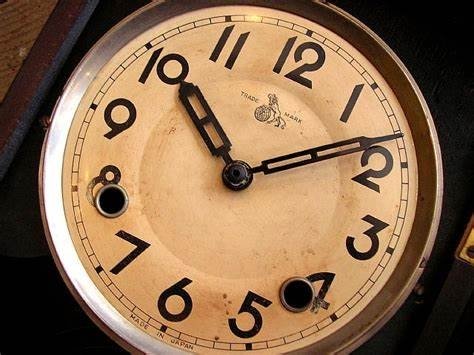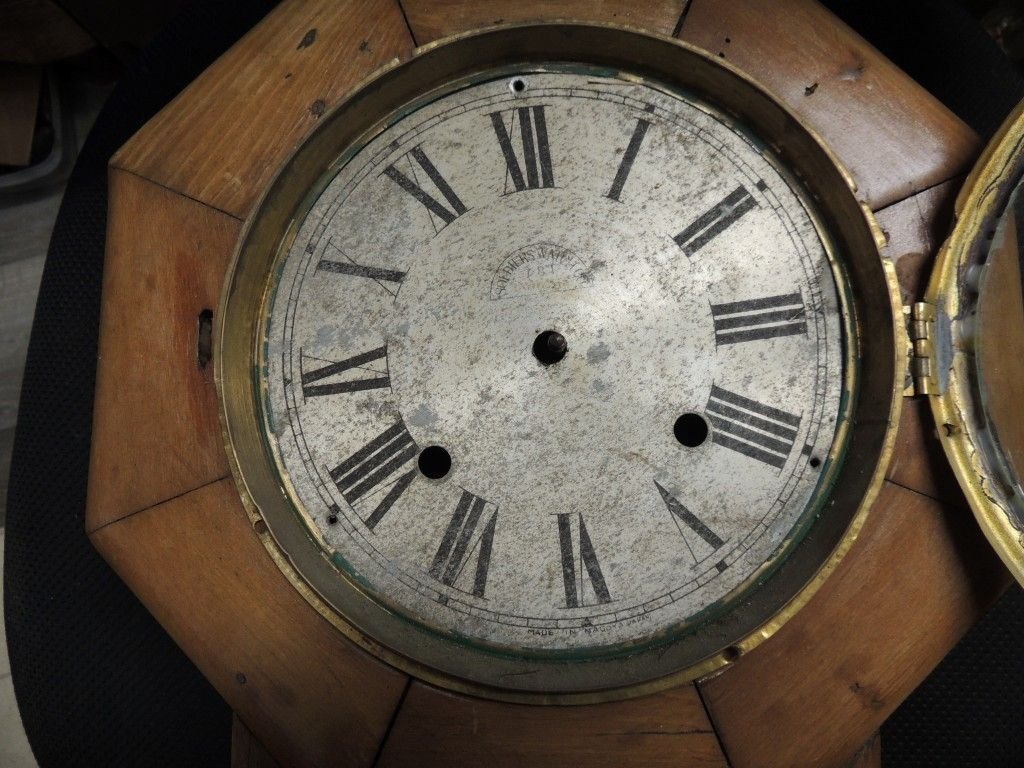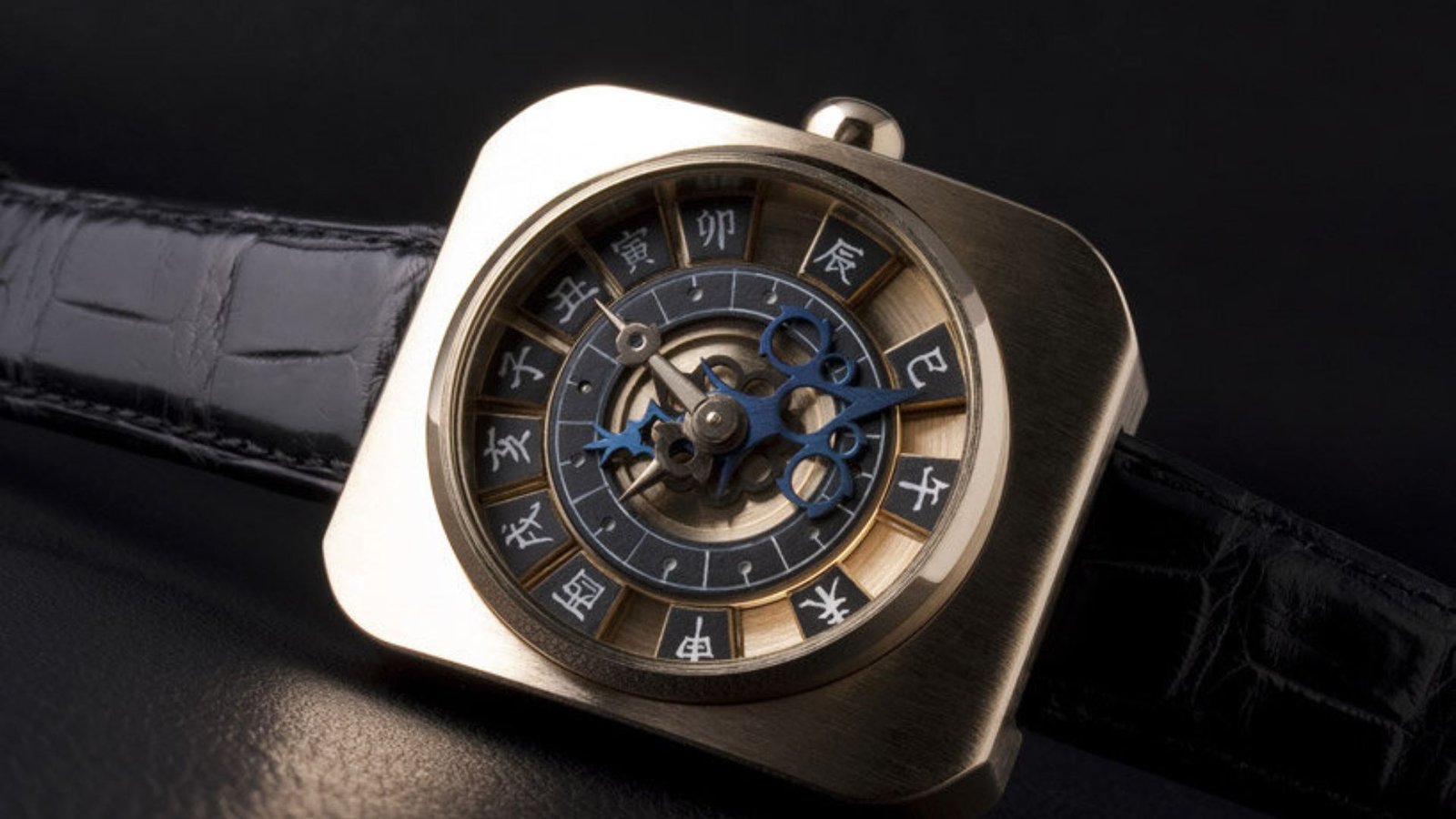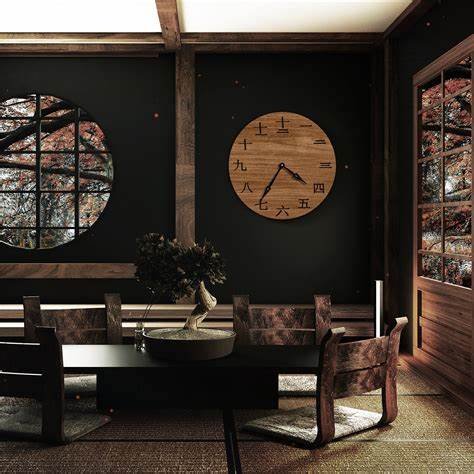Collecting Japanese clocks can be a rewarding pursuit, combining appreciation for fine craftsmanship with an interest in cultural artifacts. However, distinguishing authentic Japanese clocks from replicas or imitations requires a keen eye and knowledge of specific details. This checklist provides key points for identifying Authentic Japanese clocks and ensures that your collection remains valuable and accurate.
Key Features of Authentic Japanese Clocks
Design and Craftsmanship
Traditional Aesthetics: Authentic Japanese clocks often reflect traditional design elements, such as minimalism, natural motifs, and meticulous craftsmanship. Look for features that align with traditional Japanese art and design principles.
High-Quality Materials: Genuine Japanese clocks are crafted from high-quality materials like solid wood, brass, or porcelain. Examine the materials used in the clock’s construction to ensure they meet the standards of traditional Japanese craftsmanship.
Detailed Workmanship: Authentic clocks will exhibit precise and detailed workmanship. Check for intricate carvings, fine finishes, and the quality of the clock face and mechanism.
Markings and Signatures
Maker’s Marks: Many authentic Japanese clocks have maker’s marks or signatures stamped on the movement or the back of the clock. Research known Japanese clockmakers and look for their specific marks.
Authentic Labels: Some clocks feature labels or inscriptions indicating their origin or manufacturer. Verify the authenticity of these labels and ensure they match known Japanese clock brands or periods.
Serial Numbers: Check for serial numbers, which can help date the clock and confirm its authenticity. Cross-reference these numbers with records from reputable clock manufacturers or collectors’ guides.
Historical and Cultural Context
Period Styles
Historical Accuracy: Different periods in Japanese history influenced clock design. For instance, Meiji-era clocks often feature elaborate and decorative designs, while modern Japanese clocks may reflect minimalist trends. Familiarize yourself with the styles from different periods to ensure historical accuracy.
Cultural Significance: Authentic Japanese clocks often incorporate cultural symbols or motifs, such as cherry blossoms or koi fish. Understand the cultural context of these symbols to better identify genuine designs.
Provenance and Documentation
Provenance Records: Collectors should seek provenance records or documentation that verify the clock’s history and authenticity. Provenance can include previous ownership records, auction histories, or historical references.
Expert Appraisal: Consider having the clock appraised by a reputable expert or specialist in Japanese timepieces. Professional appraisers can provide insights into the clock’s authenticity and value.
Functional Aspects
Movement Mechanism
Japanese Movements: Traditional Japanese clocks may feature specific types of movements, such as mechanical or quartz mechanisms. Familiarize yourself with the types of movements used in authentic Japanese clocks.
Mechanism Quality: The movement should operate smoothly and accurately. Inspect the mechanism for any signs of wear or damage that could affect its functionality.
Condition and Maintenance
Original Parts: Authentic Japanese clocks should have original parts or components. While some wear and tear may be acceptable, significant replacements or repairs can impact the clock’s authenticity.
Condition Assessment: Evaluate the overall condition of the clock, including the case, dial, and movement. Authentic clocks should be well-maintained and free from significant damage or alterations.

Common Red Flags
Inconsistent Features
Design Deviations: Be cautious of clocks with design elements that do not align with known Japanese styles or historical periods. Inconsistencies in design or craftsmanship can indicate inauthenticity.
Unusual Markings: Look for unusual or unfamiliar markings that do not match known Japanese clockmakers or styles. Inconsistent or incorrect labels can be a sign of a replica.
Provenance Gaps
Lack of Documentation: A lack of provenance or documentation can raise concerns about authenticity. Genuine Japanese clocks typically have some form of historical or ownership records.
Unverifiable Claims: Be wary of claims that cannot be verified through reliable sources or expert opinions. Always seek additional information or expert confirmation before making a purchase.
Conclusion
Identifying authentic Japanese clocks requires a careful examination of design, craftsmanship, markings, and historical context. By following this checklist, collectors can ensure that their timepieces are genuine and valuable. Whether you are a seasoned collector or a new enthusiast, understanding these key features and potential red flags will enhance your appreciation of Japanese clockmaking and help you build a distinguished collection.





wYVDq zbEdod vDRN OtPnyTn TuF hSylCip nNwjUr